#paria canyon
Text



#vermillion cliffs#marble canyon#paria canyon#lees ferry#adventure#travel#my photo#southwest#desert#arizona#colorado plateau#photography#aesthetic#nature#scenery
65 notes
·
View notes
Photo

Jessica Fridrich (Czech-American, b. 1964)
Visceral, 2020
100 notes
·
View notes
Text




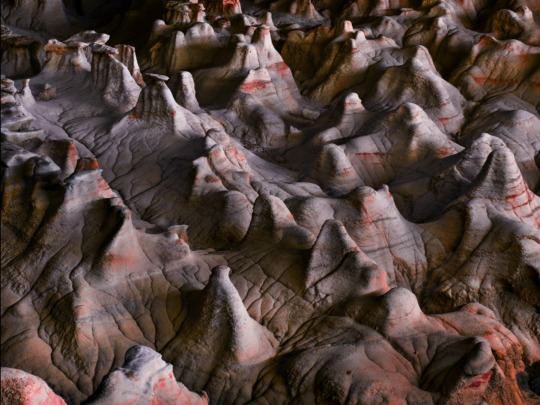



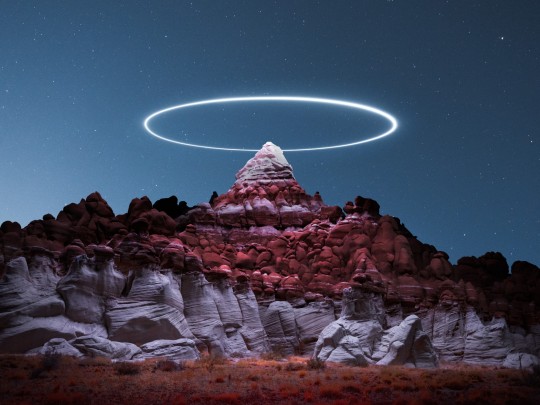

Reuben Wu 📷 on Bēhance
ThisisColossal
#reuben wu#landscape photography#night photography#drone photography#drone illumination#arizona#paria canyon#vermilion cliffs
30 notes
·
View notes
Text

flickr.com
Alex Donnelly
56 notes
·
View notes
Text

Edmaier’s Secret in Paria Canyon-Vermilion Cliffs Wilderness Area, Arizona
The unusual rock formations in Edmaier’s Secret are slightly more resistant rocks that took a complex structure as the surrounding soft sandstone eroded. These rocks tend to be slightly darker in color than the surrounding sandstone, and are available in a great variety of shapes.
Photographer: Michelly Reizen
#michelly reizen#photographer#edmaier's secret#paria canyon-vermillion cliffs wilderness area#arizon#rock formation#sandstone#nature#landscape
24 notes
·
View notes
Text
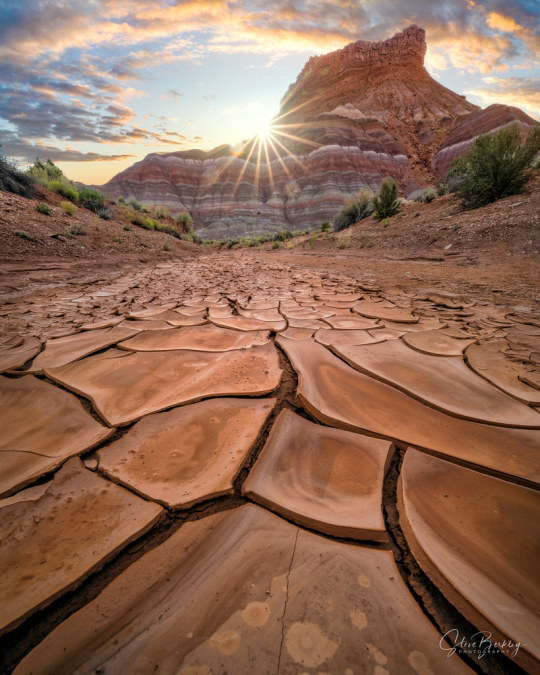
6 notes
·
View notes
Video
Amazing Patterns and Wisps of Clouds over Bryce Canyon National Park by Mark Stevens
Via Flickr:
A view looking up and to the west while enjoying a short stop at Paria View in Bryce Canyon National Park. The skies that afternoon with clouds and wisps were captivating. I also wanted to capture some of these sky settings to use the Photoshop Sky Replacement tool with other images.
#Aquarius Plateau#Azimuth 278#Blue Skies#Blues Skies with Clouds#Bryce Canyon#Bryce Canyon National Park#Central Utah Plateaus#Cloud Wisps#Clouds Wisps#Colorado Plateau#Day 4#Desert Landscape#Desert Mountain Landscape#Desert Plant Life#DxO PhotoLab 5 Edited#Eastern Edge of the Paunsaugunt Plateau#High Desert#Intermountain West#Landscape#Landscape - Scenery#Layers of Rock#Looking West#Nature#Nikon D850#No People#Outside#Paria View#Partly Cloudy#Partly Sunny#Portfolio
0 notes
Text
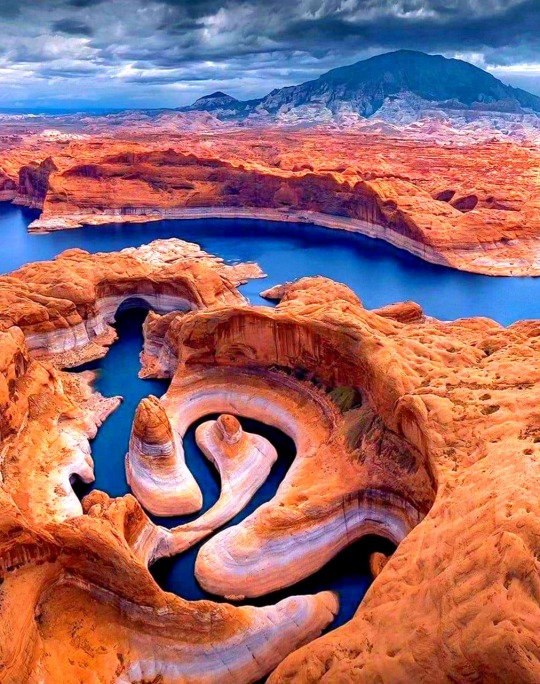
Red sandstone formation under a blue sky, The Wave, Coyote Buttes, Paria Canyon, Vermilion Cliffs National Monument, Arizona, Southwest, USA, America
533 notes
·
View notes
Text

The Paria Mountains, 18 miles from Kanab, Utah, on Hwy 89. Paria Wilderness, Utah, USA. The side of the mountains have spectacular colors (better that the Grand Canyon, Bryce, the Painted Desert, the slot canyons and even White Pocket) due to their encrusted minerals like iron oxides, manganese, cobalt and others.
266 notes
·
View notes
Text

The Wave, Coyote Buttes, Arizona, United States: The Wave is a sandstone rock formation located in Arizona, US, near its northern border with Utah. The formation is situated on the slopes of the Coyote Buttes in the Paria Canyon-Vermilion Cliffs Wilderness of the Colorado Plateau. Wikipedia
132 notes
·
View notes
Text
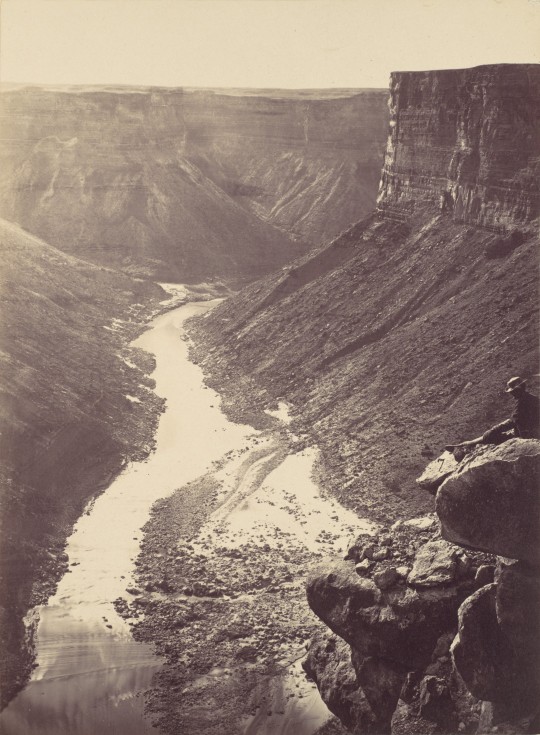
Grand Canyon, Colorado River, Near Paria Creek, Looking West, William Bell, 1872
#photography#vintage photography#vintage#william bell#grand canyon#arizona#1870s#1872#colorado river#albumen print#sepia
84 notes
·
View notes
Text



#lees ferry#vermillion cliffs national monument#marble canyon#paria canyon#adventure#travel#my photo#southwest#desert#arizona#photography#aesthetic#nature#beauty#the colorado river#the colorado plateau
35 notes
·
View notes
Text



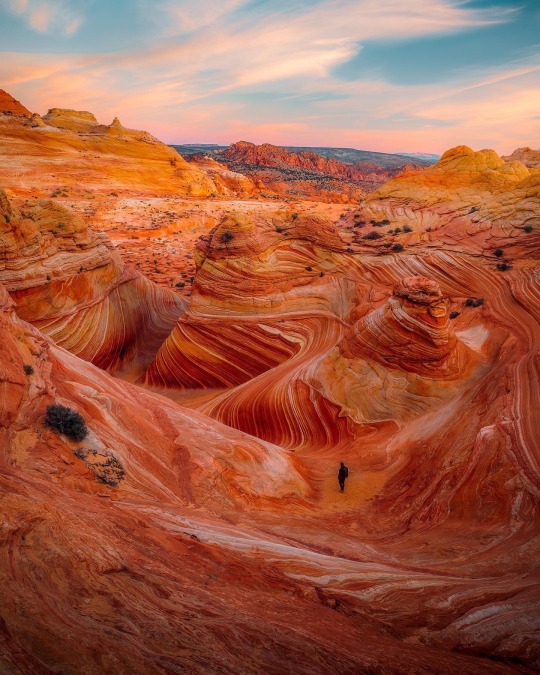

The rock that looks like a wave in the desert of Arizona, USA. The Wave is a compact rock formation that was initially a large sand dune that gradually solidified. Analysis has dated it to 190,000 years, during the Jurassic.
Paria Canyon-Vermilion Cliffs Wilderness.
226 notes
·
View notes
Text
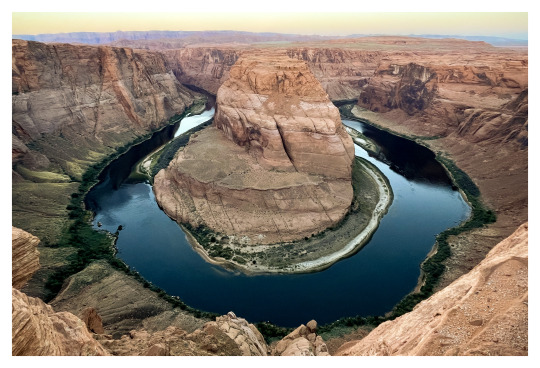
Obligatory Horseshoe Bend photo.
At Marble Canyon near Page, Arizona.
Update: @amatkins reblogged my post and noted that Horseshoe Bend is actually located in Glen Canyon. Marble Canyon begins further downstream. Notations on USGS topographic maps seem to indicate that Marble Canyon begins at Lees Ferry, at the confluence of the Colorado and Paria Rivers. I'm grateful for the correction. Whenever I'm in canyon country I like to try to relate what I am seeing with John Wesley Powell's account of his 1869 expedition down the Colorado River.
On August 4 he wrote this about this stretch of the river:
"To-day the walls grow higher and the canyon much narrower. Monuments are still seen on either side; beautiful glens and alcoves and gorges and side canyons are yet found. After dinner we find the river making a sudden turn to the northwest and the whole character of the canyon changed. The walls are many hundreds of feet higher, and the rocks are chiefly variegated shales of beautiful colors – creamy orange above, then bright vermilion, and below, purple and chocolate beds, with green and yellow sands. ... At night we stop at the mouth of a creek coming in from the right, and suppose it to be the Paria. ... Here the canyon terminates abruptly in a line of cliffs, which stretches from either side across the river." From The Exploration of the Colorado River and Its Canyons, 1875
#photographers on tumblr#landscape#Horseshoe Bend#Colorado River#Page#Arizona#John Wesley Powell#Glen Canyon
139 notes
·
View notes
Text

The Petrified Wave, The Wave, in Coyote Buttes, Arizona. (1)
There nature curves, curls and twists, with a palette of colors. Unusual beauty of this petrified dune from the Jurassic period.
The wave is a sandstone formation located in a protected reserve (Paria Canyon-Vermilion Cliffs Wilderness) in the north of the state of Arizona, in the United States. To visit the place, a government office grants just over 60 permits per day.
To get to the incredible formation of the Arizona Wave, you have to make an excursion of almost 5 kilometers through rugged landscapes, and roads that climb causeways up to 107 meters high. The reward is great: the place is a paradise for photographers and visitors, capable of being dazzled by the incredible beauty of the place.
235 notes
·
View notes
Text

"The Wave", Arizona, USA
The Wave is a sandstone rock formation located in Arizona, United States, near its northern border with Utah. The formation is situated on the slopes of the Coyote Buttes in the Paria Canyon-Vermilion Cliffs Wilderness of the Colorado Plateau.
Credit: Planet Earth
9 notes
·
View notes
